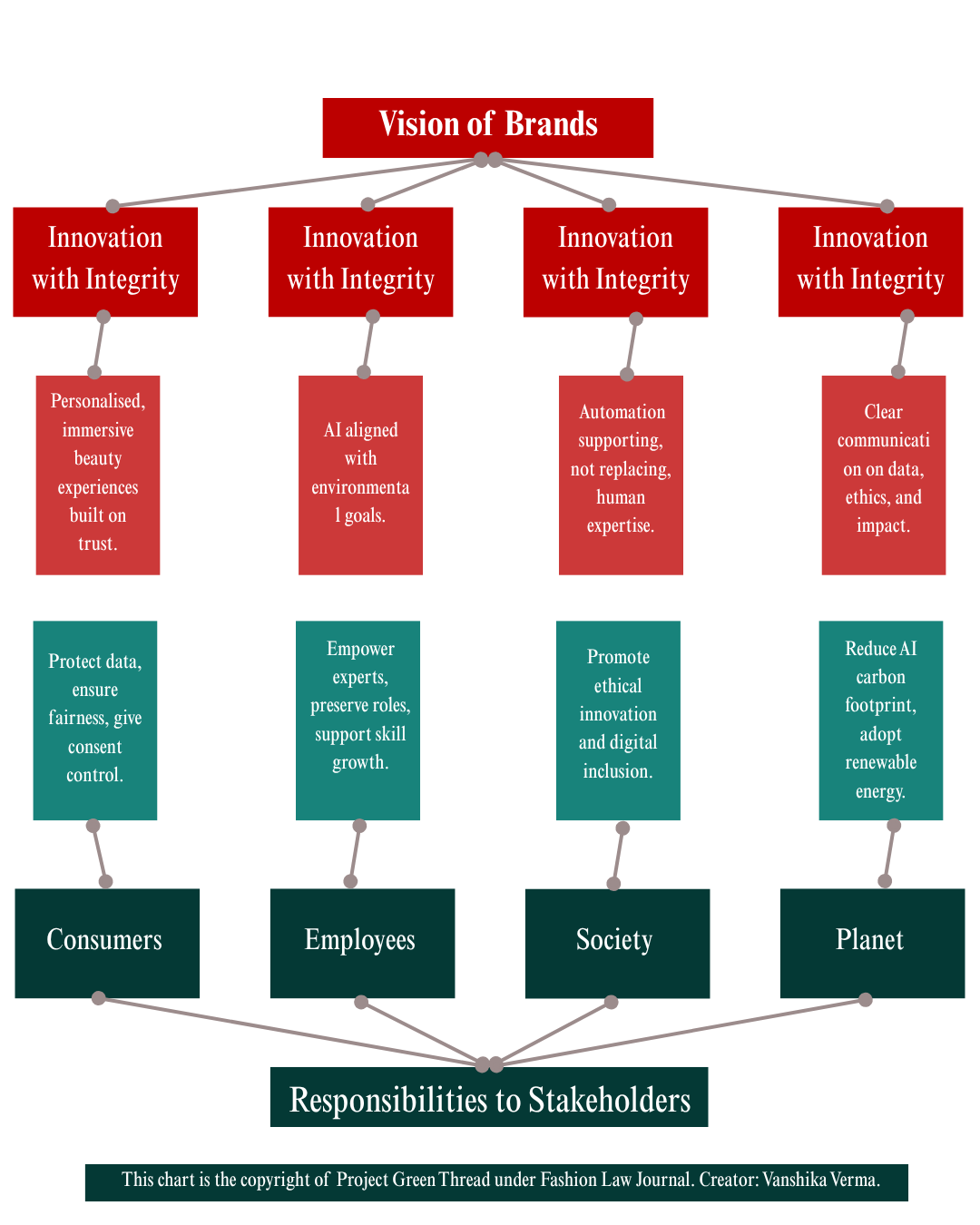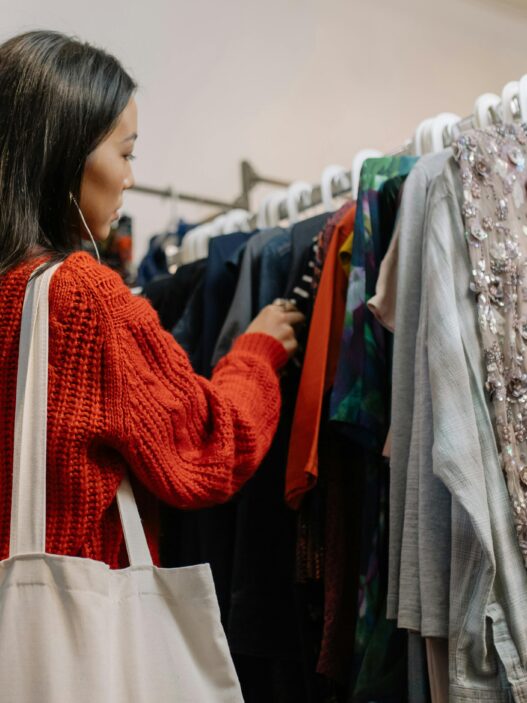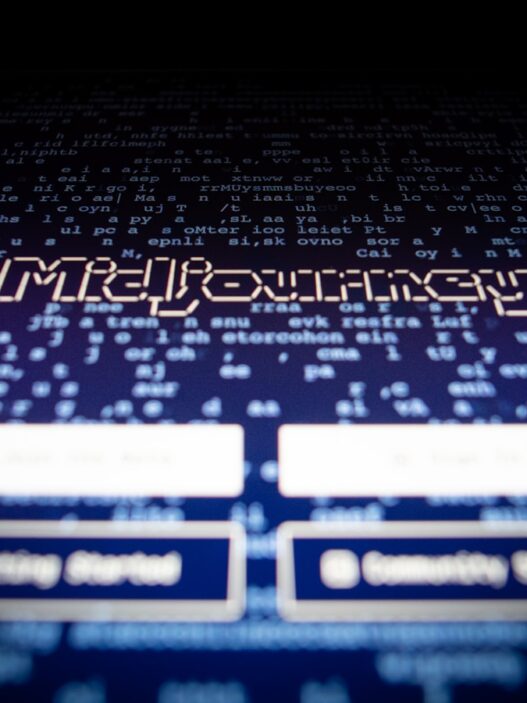The concept of beauty is profoundly personal and culturally influenced. Even in a world where trends surface every second across buzzing social media platforms, one’s unique features, skin type, and cultural upbringing continue to shape an individual’s “idea of beauty.”
This used to be a curated experience. You would visit a brick-and-mortar store of your favourite beauty brand or a multi-brand cosmetic store and face a well-meaning attendant eager to ask questions about your skin, preferences, and goals, all to find what suited you best. It was intimate, sometimes delightful, sometimes awkward, but always human.
Today, we have entered an age of convenience, information, and influence. Luxury beauty brands are now investing their resources in becoming efficient at integrating artificial intelligence into their operations, leveraging advanced data analytics and hyper-personalisation tools to deliver tailored experiences straight to your phone screen. This shift is more than just a clever marketing tweak. When explored, AI’s potential can create structural and lasting transformation in any industry. The luxury beauty industry, built on exclusivity and high-touch experiences, is no exception.
This writing examines the concerns that arise as AI becomes increasingly intertwined with beauty. There is an urgent need to explore the multifaceted aspects of sustainability in the context of AI, which consumes significant energy resources and raises concerns about consumer rights, as well as the emergence of innovative technologies, data storage, and privacy issues.
Understanding the Why Behind Luxury Beauty’s Move to AI Integration
The simple answer is that luxury beauty brands are turning to AI to deepen personalisation and boost performance.
At VivaTech 2025 in Paris, luxury leaders sent a clear signal of an industry-wide pivot. Brands like LVMH and L’Oréal have showcased how artificial intelligence (AI) must now be integrated into the operational backbone of the luxury beauty industry. From the moment a customer enters a digital purchase journey, hyper-personalisation guides them, supported by predictive content creation that operates in real time through algorithmic recording and curation. This enables ultra-fast customer engagement, transforming these systems into live business models that can be deployed at scale.
Such a deduction, aimed at satisfying customer needs, is backed by the 2018 Epsilon study, which states that 80% of consumers are more likely to purchase from brands offering personalised experiences. AI further allows brands to deliver “exclusivity as a service” more efficiently than ever, tailoring offerings to each customer on an unprecedented scale.
Beginning with hyper-personalised recommendations, AI models now analyse individual preferences and behaviours in real time to suggest products or content uniquely suited to each shopper. For example, Dior’s collaboration with tech startup Kahoona uses real-time algorithmic segmentation, even for anonymous website visitors, to deliver highly relevant content in the moment, effectively mimicking the attentiveness of a VIP in-store consultation.
Another significant driver of this shift is the trend of bringing about brand immersion through digital experiences. Technologies such as augmented reality (AR) and computer vision have enabled virtual try-ons and skin analyses, rapidly becoming the norm in the beauty retail industry. Major brands, including Chanel, Estée Lauder, and L’Oréal Paris, now offer AR-powered tools that enable customers to test makeup or receive AI-driven skincare diagnostics at home virtually. While some may find this level of automation unsettling, nearly two-thirds of consumers expressed enthusiasm for AR try-on features, as recently reported by Vogue Business. Translating this behavioural economics into business impact, such experiences can potentially yield a boost in sales conversion rates by streamlining choices for the consumer.
The third reason for this pivot is psychological. As Maslow’s hierarchy of needs explains, esteem and recognition play a decisive role in shaping behaviour. One opts for luxury brands to make their purchases from not only for the quality or the brand story they offer, but also the feeling of exclusivity and connection to access to premium curation, which luxury markets have always offered. And when the algorithm of such luxury beauty brands “knows you,” consumers perceive that the brand knows them, deepening trust and loyalty.
Once a system is in place that delivers this experience effectively, it can “deepen loyalty, drive engagement, and boost conversion,” because personalisation offers relevance and emotional connection at scale. A 2025 survey of luxury shoppers presented data indicating that 94% of them are likely to engage with personalised content, especially when it offers them exclusive access to products or rewards explicitly curated for them.
The Danger of Evaded Data Privacy
The sonic engine of hyper-personalisation in luxury beauty runs on a constant fuel supply: data, and lots of it. This data is processed to build highly curated information based on customer behaviour when they click on a website or app. Every tailored product suggestion that appears is powered by an analysis of your behaviour patterns, purchase history, browsing behaviour, time spent on product pages, clicks on colour shades, comments searched, items wish-listed, loyalty program activity, social media signals, and even biometric data collected from AR skin analysis tools.
While all of these promises to perfect the practice of personalisation, they come with a cost to privacy that cannot be ignored. Consumers must be aware of, and give informed consent to, data ownership and sovereignty issues. Luxury brands have historically cultivated rich client profiles within their private CRM systems. However, recent data leaks have demonstrated the fragility of these databases. When AI enters operations, often via cloud-based platforms or third-party AI vendors, a critical question arises: who ultimately owns and controls this behavioural data? Once submitted, is its updating or erasure still entirely under your control?
Protecting and monitoring that data becomes even more complex when technology providers operate across multiple jurisdictions. Global data protection regulations, such as Europe’s GDPR and California’s CCPA, side with consumers by giving them explicit rights over their data. This narrative has the potential to become a significant hurdle for brands, as it adds a layer of operational complexity for them.
The most logical solution for many luxury brands has been to pursue proprietary AI development, keeping algorithms and data in-house. For instance, at VivaTech 2025, Louis Vuitton showcased a generative AI content engine co-developed with Paris-based studio Ok C’est Coce. LVMH is investing in building its AI models and forming strategic partnerships with specialist startups to ensure the secure management of customer data within its ecosystem.
Another red flag is algorithmic bias and exclusion. For AI systems to stay updated and deliver the best results, they must primarily learn from historical data, especially when the purpose is to curate individual experiences; they can inadvertently encode societal biases through their inputs. This is a particularly sensitive issue in the beauty industry. A seemingly harmless yet troubling example: if an algorithm is trained mostly on images of light-skinned complexions, it may perform poorly for customers with darker skin tones, skewing product recommendations or diagnostic outcomes.
Some biases can be addressed through improved data diversity and auditing. But what about biases that are knowingly or negligently built in? One algorithmic misstep can undermine years of hard-won brand inclusivity and even result in health implications for the consumer. Mitigating bias is therefore not just a matter of appearing ethical; it is essential to survival and maintaining the hallmark of personalised service that every unique customer deserves.
Over-Automation and Losing the Human Touch
When you think of a high-end boutique experience. What comes to mind? A seasoned beauty advisor who knows your name and preferences. A makeup artist guiding you through a personalised trial. A spa esthetician tailors a ritual just for you.
These human interactions have always been the essence of luxury. They are intentionally infused with empathy, storytelling, and trust-building to cater to your psychological need of being seen. Beyond product quality, one of the main reasons people pay a premium is to experience this human connection, delivered with finesse. Over-automation risks stripping away that emotional element, reducing the experience to a mere transaction.
Chatbots may answer questions tirelessly and operate 24/7. Still, they cannot replicate the warmth, creativity, or personal touch of a skilled consultant who notices how your day is going and responds with genuine empathy. That sense of emotional intelligence and human nuance sets luxury apart, and it stands at risk when automation replaces rather than supports human roles.
Recognising this very concern, LVMH’s CIO remarked at the forum, “You still have a client advisor – and that’s who we want to empower with data and AI.” This highlights a necessary balance. Technology should strengthen human expertise, not erase it.
With the chart below, we have broken down certain core facets that customers, brand owners, and industry watchers alike must pay attention to.

The Question of Sustainability With the Rise of AI Practices in Luxury Beauty
The growth and integration of AI across industries is now inevitable. In luxury beauty, AI promises hyper-personalised product recommendations and advanced AR try-on tools, reshaping how consumers interact with brands. Despite this technological shift and the unrealised possibilities, one can not afford to disregard the not-so-obvious, ‘making the headlines’ environmental costs that cannot be ignored, especially as consumer behaviour quickly adapts to this new and convenient digital norm.
AI models require training and deployment, which requires immense computing power and a continuous energy supply. There is constant footprint generation at the behest of data centres, cloud infrastructure, and frequent algorithm updates.
This realisation must prompt serious conversations about sustainable AI practices.
The responsibility lies with brands, regulators, and industry bodies that must establish guidelines and incentivise greener AI usage. Possible steps include mandating the use of renewable energy for data centres, requiring public disclosure of the carbon impact of major AI projects, and investing in carbon offsets to balance emissions from computationally heavy processes.
Luxury brands, in particular, position themselves as cultural storytellers and leaders in ethical innovation. Digital transformation, whilst welcomed, cannot strategically and ethically afford to undermine the environmental messaging central to their brand identity. As AI becomes integral to the luxury experience, ensuring its alignment with sustainability values is not just advisable but essential.
Final Thoughts with Key Takeaways
With the thrilling convergence of beauty, AI, and luxury and how these partnerships are set to rewrite an industry long rooted in human connection, personal touch, craftsmanship, and exclusivity, it will be interesting to see how strategically brands navigate the challenges of hyper-accessibility while pursuing hyper-personalisation.
Alongside the glamorous aspects of these innovations, we cannot afford to ignore data privacy concerns, algorithmic bias, energy consumption, and the erosion of human interaction. These are not abstract concerns; they must become part of the modern ethos for every brand making technological pivots. Every move can influence consumer trust and behaviour, environmental credibility, and brand equity.
Key Takeaways for When You See AI Headlines in Beauty
- Ask about data – Who is storing it? What rights do you retain for updating or erasing it? How is it being used and protected?
- Check for human balance – Is AI integration replacing human expertise entirely? What psychological and behavioural impact could that have?
- Look at sustainability – How much of an energy footprint is being created with every click and prompt?
- Watch for bias – Are inclusivity and fairness truly part of the brand’s marketing and ethos?
- Demand transparency – How is data being processed into information? How is that information being stored and used? What environmental credibility steps are in place?

















